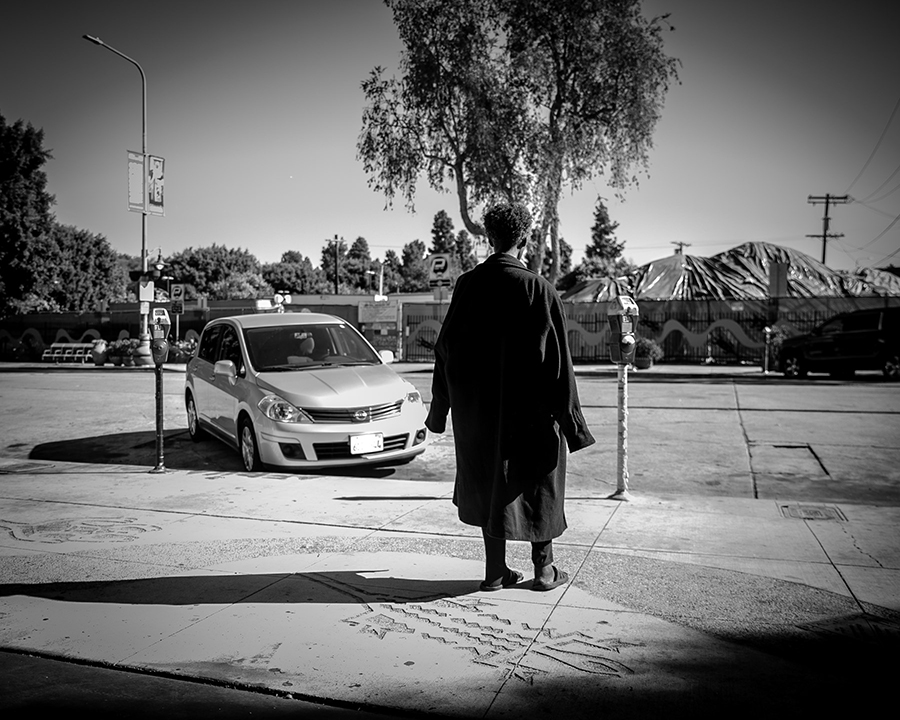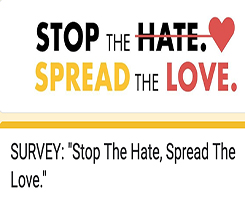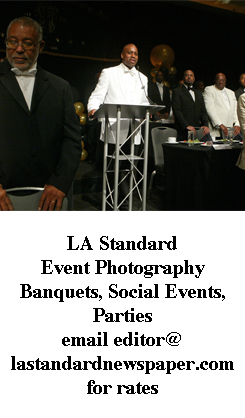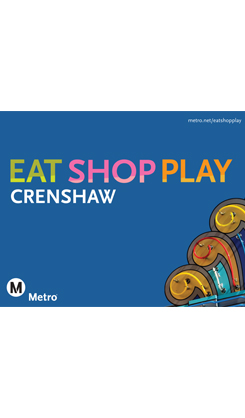Local photographer Karim Saafir discovered remarkable stories of resilience, pride, and dignity as he formed relationships with less fortunate people in Los Angeles.
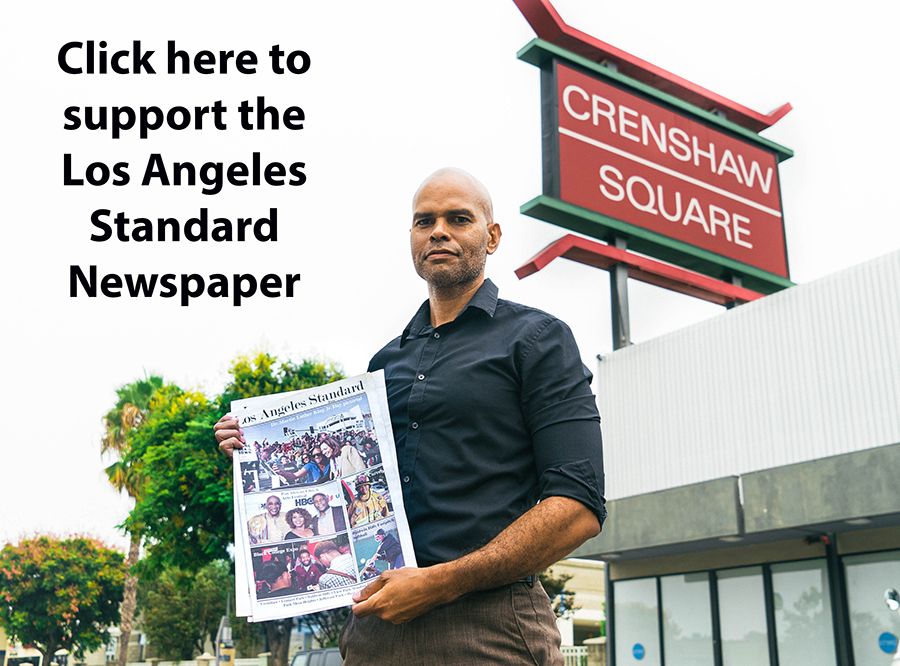
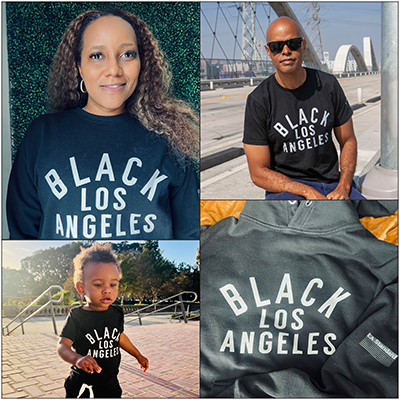
By Blake Carter
Street photography was a recent topic at the monthly Los Angeles Standard Newspaper Camera Club meeting. It’s a type of photography that can be tricky because the photographer is typically taking photos of strangers who may not be receptive to having their photo taken. Camera club member and local photographer Karim Saafir has a lot of experience in this genre, and he gave the group a presentation about how he shot the pictures for his book, “Shelter: Faceless Names of Homelessness.
Instead of being intrusive by taking pictures of homeless people who he did not know, Saafir wanted to form a connection with his subjects and find out about their stories. He started out by reaching out to people in his network to see if they knew anybody who was homeless.
“The first guy to contact me, he said that he was homeless, but he said that he wouldn’t be good for the project,” Saafir said. “I told him that he’s perfect for this project because I wanted somebody who I would have never known was homeless. So he told me his story; how he lived in his car and ate hot dogs and raw eggs. He said that he couldn’t cook anything so he’d get the hotdogs and eggs from 7-Eleven. He said that he took a shower at Bally’s gym. He said that nobody knew that he was homeless, including his parents.”
Saafir planned to work on this project in Skid Row, but he knew that he couldn’t simply show up and start taking pictures, which some photographers unfortunately do.
“Before I took a camera out there, I went out there empty handed and just met the people first,” he said. “Other people go out there all the time and take pictures of these people and post them on social media. I just didn’t want that feeling. I wanted to look at the homeless people as people, which they are. You can go to the zoo and take pictures of the animals all day with no interaction. But when it comes to people, I wanted to put a human aspect behind homelessness.”
Saafir asked permission from all of the subjects that he photographed, and he formed relationships with several people in the Skid Row area. The friendships granted him more access into these people’s lives and shelters than photographers who just show up and randomly shoot strangers.
“They knew who I was, so they let me take photographs of them doing different things,” he said.
Saafir also developed relationships with administrators at shelters and with organizations who assist homeless people. With greater access, he was able to see many details that the typical person would not see.
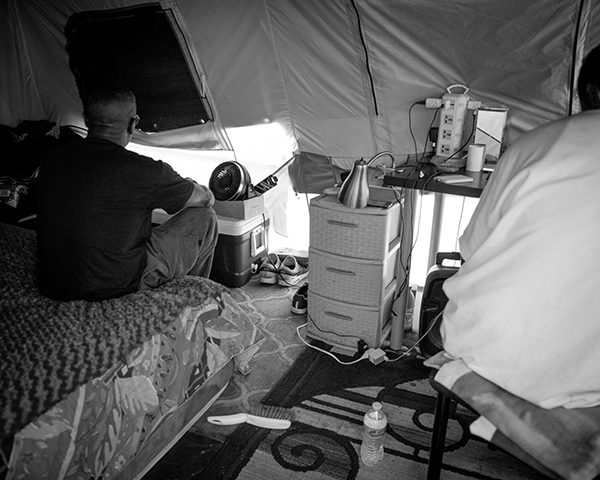
“I wanted to give people an idea of what homelessness is,” Saafir said. “Homelessness is not a clean thing. Whether you live in your car or on the streets, how do you take a shower? How do you eat a hot meal? All of these things that we take for granted. I can go and wash my hands in the sink. But if you’re out there on the streets, where do you wash you hands? So all of these details I was thinking about. I wanted to show how it is being homeless.”
Saafir was surprised about how innovative some of the homeless people were.
“One day that I went down, it was a hot day, and a homeless man was like, ‘Do you want a cold water?’” Saafir said. “He then opened up an ice chest inside his tent. And he had a lot of meat in it. He said that they were going to barbecue. He said that he’s not broke because he gets his GR (general relief aid), so he can buy groceries. He just can’t afford to have a place to live.”
Saafir is a full-time professional photographer, and he shoots celebrity events often. But this book project was a lot more personal.
“It’s a lot different than shooting celebrity events,” he said. “I had more of a relationship with the subjects that I worked with on the homelessness project. When you’re shooting the celebrity events, they don’t really know you. You’re not really having conversations with them. I’m making sure I’m doing the job and capturing the moments. I may meet people at the events, but I don’t have a relationship with the celebrities. With the different subjects for the book, I had conversations with my subjects, which got me a little closer to them. Which was the hard part because I take things kind of emotionally, and when some people would tell me their stories, I had to hold back a little bit because it was hard to hear those stories.”
Saafir’s intent of the book is to bring more awareness to homelessness by giving people a closer look at how people live, and also by telling their compelling stories.
The book can be purchased at www.shelterexhibit.com and also visit www.karimsaafirphotography.com.
The Los Angeles Standard Camera Club meets every third Tuesday at 7 p.m. on Zoom. Meetings are free to attend. RSVP by emailing This email address is being protected from spambots. You need JavaScript enabled to view it..


